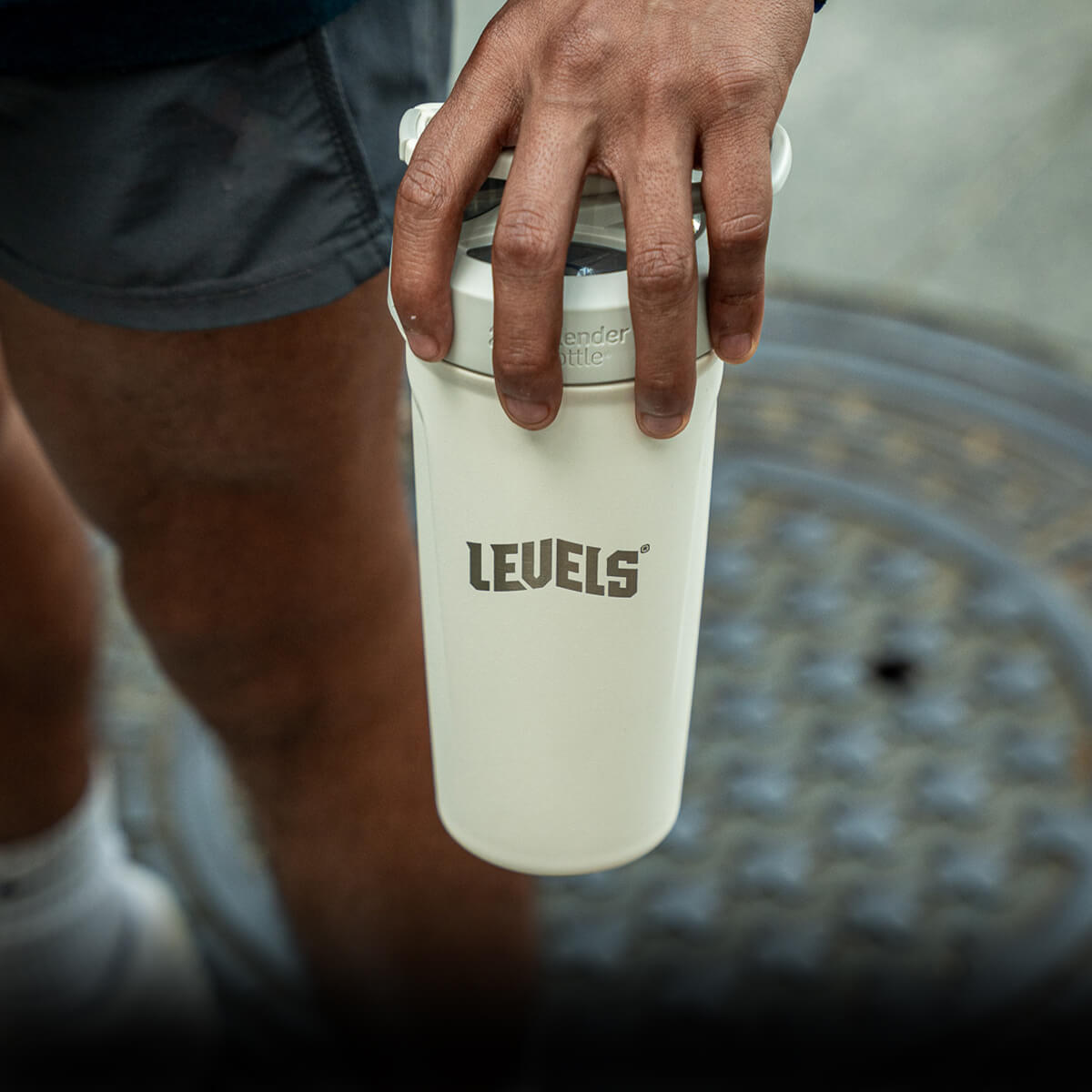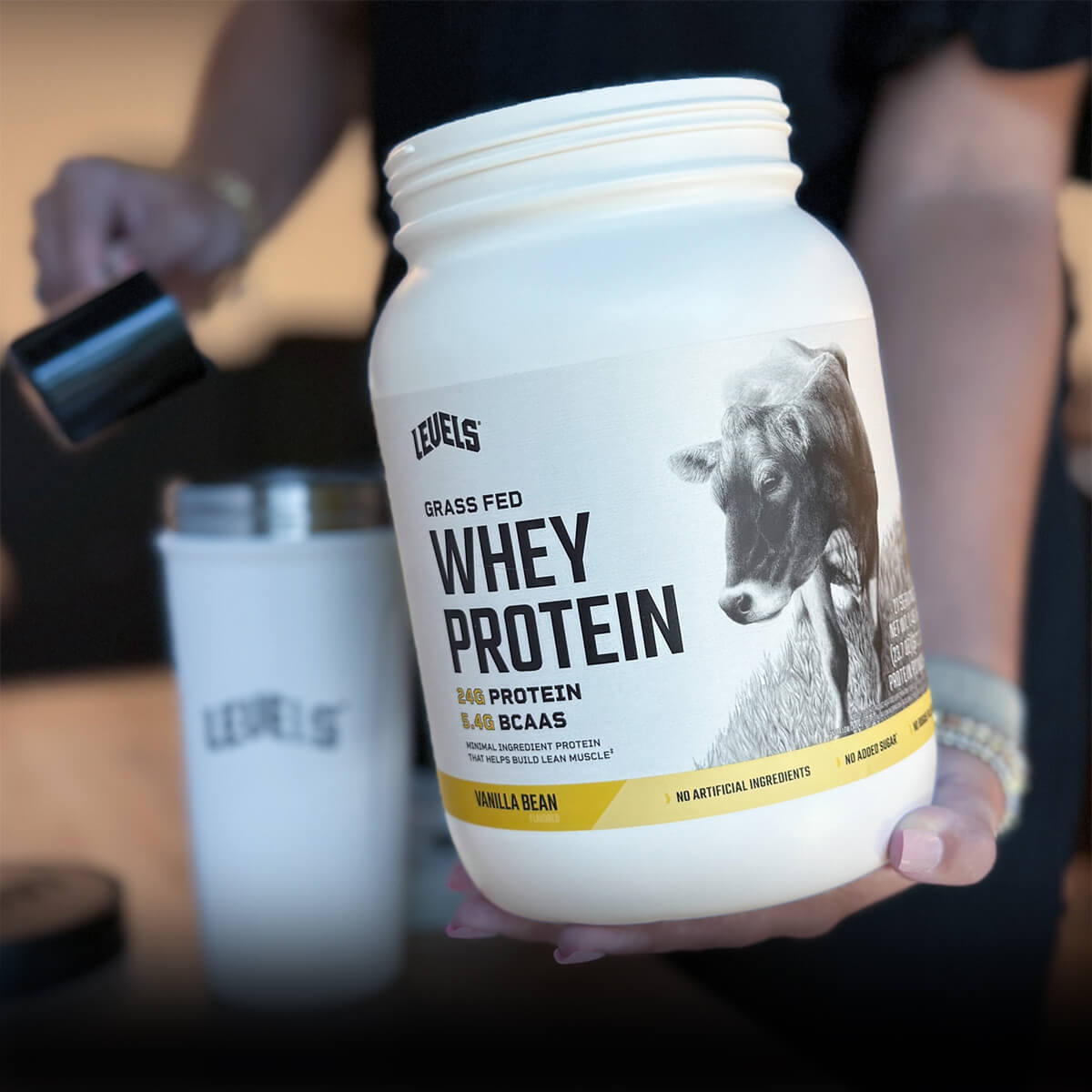Do your health and fitness goals include weight loss? Along with eating right and exercising more, there’s also some number-crunching involved to achieve a better body.
And that’s where tools like this weight loss percentage calculator come in handy.
If you’re the kind of person who’s bad at math, don’t worry — we’ve done the heavy lifting so that you can plug in your numbers and get the correct result. All you’ll need is your starting body weight, a scale to weigh yourself, and your current (or goal) weight.
What is a Weight Loss Percentage Calculator? And How to Use It
The weight loss percentage calculator tells you your progress as an easy-to-understand percentage, which is one way of determining how far you’ve come or how far you have to go to reach your goal.
To use it, input your Starting Weight and Current (or Goal) Weight in pounds (lbs) into the empty boxes below.
After you add your stats, your percentage weight loss result will automatically show up in the “Results” box.
Why is Weight Loss Percentage Important?
First of all, if you use your Starting and Current weight, your weight loss percentage indicates how far you’ve come. Similarly, you can also compare your rate of progress over time.
And second, if you’re using your Starting and Goal weight instead, the calculator can give you an idea of how difficult your goal is, as well as how long you might take to reach your final target weight.
After entering your numbers, find your Goal weight loss percentage in the ranges below:
- 1-5%: Good news, you don’t have much fat to lose — but don’t rush it. You should be able to achieve your goal within 1-3 months.
- 6-10%: Shedding this amount of fat isn’t very difficult, but it takes some time. If you work hard consistently, expect to get there in about 2-6 months.
- 11-20%: Even if you do everything perfectly, your goal will take up to a year, so be patient. You’ll probably need to buy different clothes during this time, and other people will be amazed at your progress.
- 21-30%: To reach your goal may take 1-2 years. However, your body and health will be completely transformed. Remember to focus on your overall health and wellbeing, not just the rate of weight loss.
- 31-50%+: Your goal is to lose a third to half (or more) of your body weight. Before you get started, see your doctor to make sure your target weight is healthy. Also, speaking to a dietitian or nutritionist to dial in your nutrition is a wise idea. Start slow, stay steady, and don’t give up!
And now that you’ve got a grasp on your personal weight loss percentage and what to expect with your goal, it’s time to examine what healthy weight loss really means.
Understanding Healthy Weight Loss (Weight Loss vs. Fat Loss)
When people talk about a weight loss goal, what they typically mean is really fat loss.
Technically speaking, “losing weight” could include the loss of lean body mass (LBM), which includes water weight, lean muscle, and other tissues. And loss of lean body mass weakens your body, makes you appear older, and may increase your risk of disease or premature death[*].
In contrast, losing excess body fat improves your appearance, makes your clothes fit better, and lowers your risk of many chronic illnesses[*][*].
Here’s how to ensure you primarily lose fat instead of LBM:
- Eat 25-30% or more of your calories from protein[*][*]
- Engage in resistance training at least once or twice per week (such as lifting weights or using machines) in addition to regular cardio[*]
- Don’t seek to lose more than 1-2 lb (about 0.5-1 kg) per week, and accept slower rates as long as you’re making some progress each week (slow and steady wins the race!)
And remember, the scale doesn’t show you the full picture. Just because you’re losing weight rapidly doesn’t mean you’re enhancing your health or appearance.
In the next section, we’ll discuss alternative measurements that are handy for tracking your fat loss goals.
Weight Loss Percentage vs. Body Fat Percentage
Your body fat percentage is different from your weight loss percentage; it’s the proportion of your total body weight that is fat, also called adipose tissue.
Although body fat percentage is harder to measure, this number can tell you whether you’re losing primarily excess fat or LBM. From most accurate to least accurate, here are the various ways to measure it[*]:
- DEXA (dual X-ray absorptiometry, the gold standard in body-fat measurement)
- Water displacement or “dunk” test (nearly as accurate as DEXA)
- Caliper skinfold method (some doctors or personal trainers use this method)
- Bioimpedance method (sometimes found as a “bonus feature” of at-home scales)
Accurate methods like DEXA or the dunk test are expensive. Therefore, people generally choose to measure their body fat about 1-2 times per year at most with the gold standard methods.
Or you can use the caliper or bioimpedance methods more regularly because they’re cheaper, but they’re also less accurate (less likely to tell you your real body fat percentage) and more imprecise (varying from reading to reading).
The Takeaway
Your weight loss percentage is an easy way to learn how far you’ve come or how far you’ve got to go.
However, remember that weight loss and fat loss aren’t the same. Rushing through weight loss can do more harm than good, so be sure to prioritize your health and wellness, too, not just the number on the scale.
And don’t forget to bookmark this page so you can come back and calculate your progress in the future!












